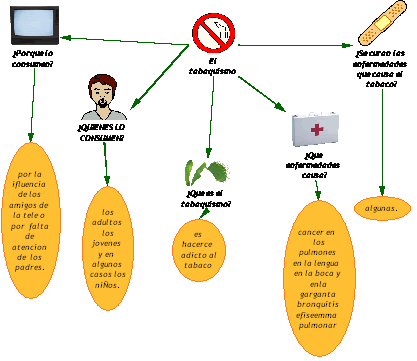Search the Case Studies
Search the Articles
Search the Membership
Search MirandaNet
MirandaNet Fellowship Casestudy
Membership List | Publications | Research | Specialist Area List | Braided Learning Ejournal
Oracy, Literacy, Conceptual Maps and ICT as Mediators of the Social Construction of Knowledge Among Peers
Sylvia Rojas-Drummond and Aldo Anzures Tapia
Sylvia Rojas-Drummond
Year of posting: 2006
Abstract:
In their paper, Oracy, Literacy, Conceptual Maps and ICT as Mediators of the Social Construction of Knowledge Among Peers, Rojas-Drummond and Tapia provide an account of how primary school children collaborated over time to develop a team project which involved the co-construction of knowledge. Co-construction of knowledge occurs when students engage in collective activities and practices mediated by a variety of cultural artefacts, including diverse tools and signs, and particularly language (e.g. Cole, 1996; Cole, Engeström & Vasquez, 1997; Mercer, 2000; Rogoff, 1990, 2003; Rogoff, Turkanis & Bartlett, 2001; Wells, 1999; Wertsch, 1988, 1991).
In particular, children worked on a writing project using diverse cultural artefacts, including oracy (talking and listening), literacy (reading and writing), Kidspiration® conceptual maps and ICT. The project involved researching, writing, illustrating and eventually delivering a multimodal conference on a topic of their interest. The authors first review some central socio-cultural concepts which serve as a theoretical framework for the research reported. Vygotsky calls language both a cultural tool and a psychological tool addressing social and personal ways of learning.
Conceptual maps are used in education as learning strategies that can facilitate the individual development of reflection, assimilation and decision making processes (Ontoria & Molina, 1995. Novak and Gowin (1984, in Giombini, 2004), have depicted the act of mapping as a creative activity, in which the learner must exert effort to clarify meanings by identifying important concepts, relationships, and structure within a specified domain of knowledge, for communicating and making them comprehensive for everyone.
The paper also focuses on the macro level, describing the context in which the children interacted to create their projects. This context refers to a “learning community” developed as part of an innovative educational programme called “Learning Together”. The programme sessions are organised in modules. Each module is designed to target general and specific abilities in the students. The initial modules provide the students with general basic abilities necessary to advance in the programme, including collaboration, effective communication and problem solving. The rest of the modules involve promotion of more advanced and specific abilities, which enable students to prepare specific creative team projects.
These projects involve the dynamic integration of several functional uses of oral and written language. The multimodal representations of knowledge are formed in Kidspiration conceptual maps. Students construct their Kidspiration maps in a procedural and continuous way, refining their maps as their research project progresses over time. Thus, in each session they leave tracks of their collaborative processes, the discussions they engage in, as well as their questions, comments, doubts, arguments, etc.
The authors then present, at a micro level, in-depth analyses of the quality of the interactions taking place as peers worked together on their projects and how these collaborative processes, particularly conceptual maps, were gradually appropriated by two teams of children (11-12 year-old). Overall, the work reveals the dynamic functioning in educational settings of some central socio-cultural concepts. In one example, children discussed how to replace concepts for images in their conceptual map on tobacco addiction. Thus, while they talked they simultaneously created a conceptual map using ICT (Kidspiration and Power Point), which included text as well as images. The data also illustrates how these relations helped children negotiate meanings, comprehend and organise the concepts of the topics under investigation.
Read this study in its entirety for specific examples on how Kidspiration was used to demonstrate project collaboration.

Keywords:
Multimodal Literacy and the Appropriation of Conceptual Maps
Study
This paper has been published in Reflecting Education - search for it under 'oracy'
[www.reflectingeducation.net/index.php?journal=reflecting]
MirandaNet Members can go to the Log on/off area to edit their own casestudies.
[Back]
